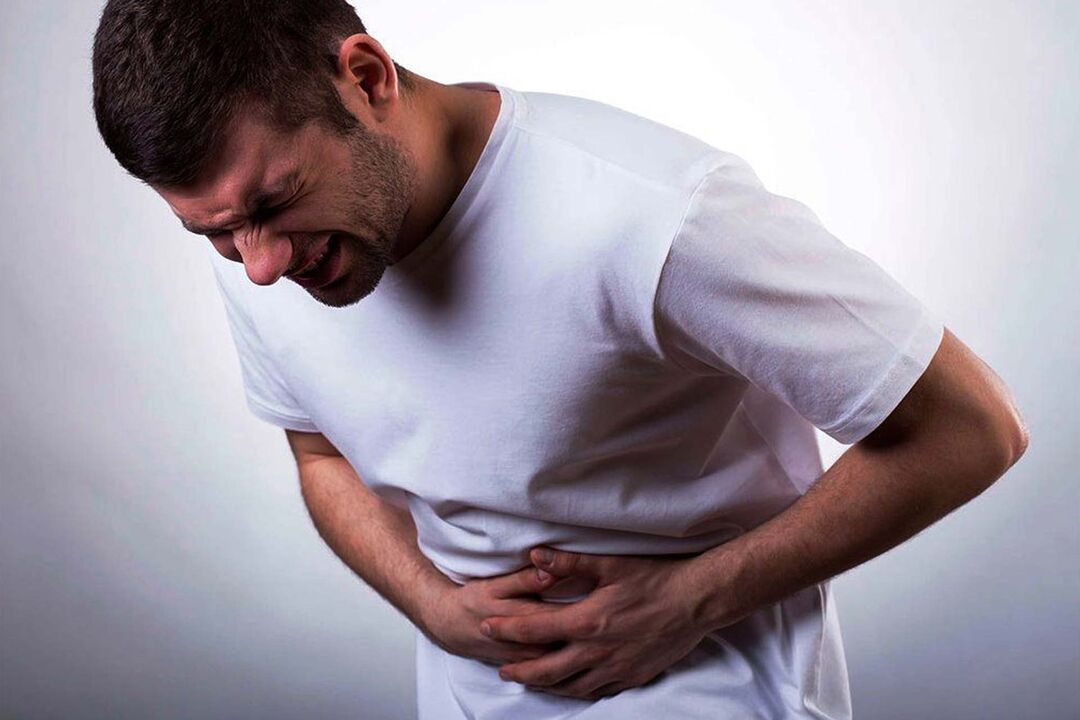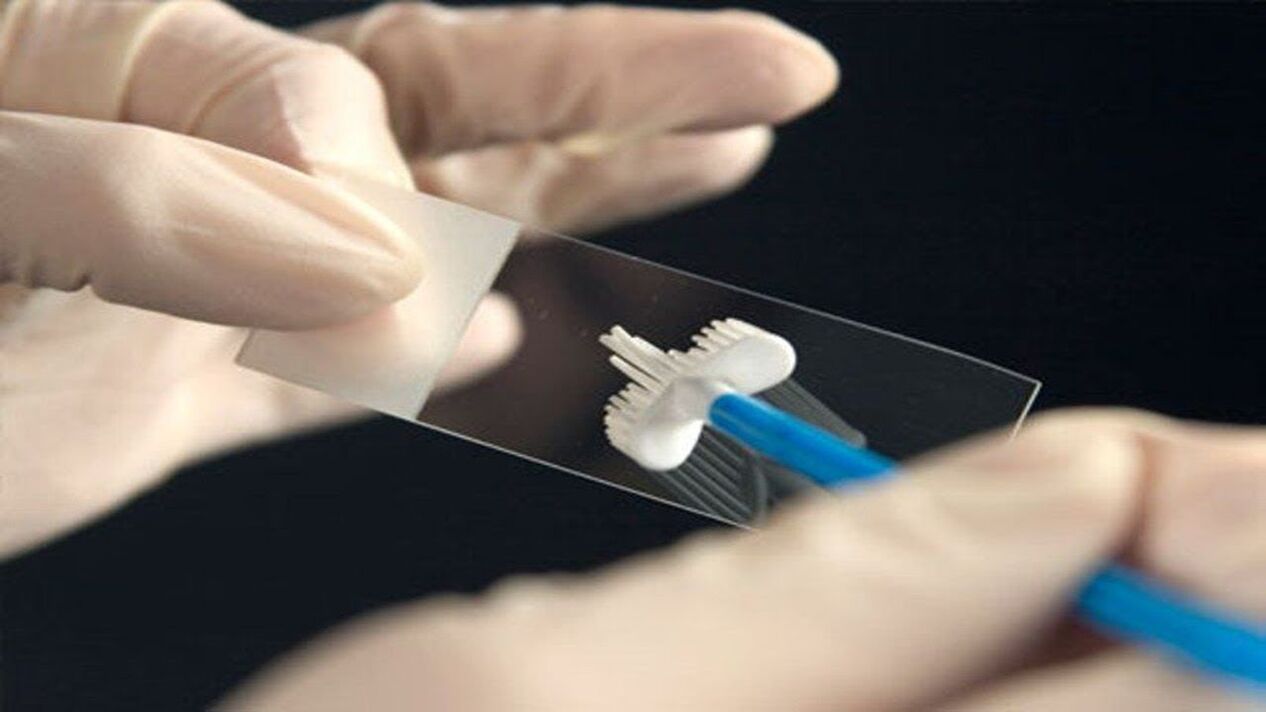When it comes to human worms, many people know their symptoms and treatments even from childhood, and one cannot fail to notice that they are conditionally divided into several categories. Different types of parasites not only damage the human body in different ways, but also infect them in different ways. Some of them are specific. For hunters, for example, it's trichinosis, found abundantly in wild birds and less commonly in ungulates. But how to correctly judge whether a person has worms from symptoms, and what methods of deworming are proposed by modern medicine?
route of infection
In 99% of cases, worms in humans occur as a result of violations of basic norms of personal hygiene. And they enter the body through the oral fecal route, that is, through contact with the excrement of some animals or infected people (going to a public toilet is enough). Due to the wide variety of worms and each with its own clinical manifestations, it is impossible to point to exact signs of disease (transmission of parasites) in humans. Even the complex preparations used to eradicate them only work against 2-3% of the world's most common types of worms. These include: Enterobiasis, Trichinosis, Dilobites, Tapeworms, etc. These are the most common in our body. But their greatest diversity is in Africa, where only 1 in 10 people are healthy. Among them, the worms are mainly infected through water, which has not gone through the necessary purification stages and is simply full of pathogens and parasites.
Considering the types of human worms, it is necessary to pay attention to those that enter the body through the flesh of infected animals. For example, these include pinworms, which are mostly found in soil. But as soon as they eat meat, they start to reproduce actively. By the way, their dealers are often flies.
Many times, infection occurs through well water. No filter would help here - just pass the liquid through a special heat station, where it heats up to about 80-100°C. But these are very expensive, so they are rarely installed in practice.
Of course, if worms are found in a person, it means that he is also a carrier of the parasite. Even shaking hands can spread worms if the patient does not wash their hands thoroughly after using the toilet. Therefore, everyone can be infected regardless of their place of residence or social status.
Note that worms most commonly occur in children. There are several reasons:
- Parents pay little attention to their children's hygiene, and they fail to teach their children the basic rule that they must wash their hands with soap and water before eating and after going to the toilet.
- A child's body is less resistant to worms. So even a few pinworms can cause the parasite to spread quickly in a baby.

By the way, when it comes to pinworms, keep in mind that these are worms that cannot reproduce in the human body. That is, their distribution only occurs when the egg enters the mouth again. Therefore, if the infected person follows strict hygiene rules, after 3-4 weeks he will be completely healthy - some of the worms will be destroyed by the immunity and the rest will leave the body naturally with the feces.
various parasites
Which worms are considered the most common in the world? Of course, pinworms can be found in almost every country on our planet. This is because they can freely infect humans and livestock and can be spread through food and water. The symptoms they appear in the body are classic: impaired stool, function of the gastrointestinal tract, signs of primary poisoning.

Parasites such as roundworms are mainly found in domestic and wild animals, but they almost never infect humans. They easily enter our bodies but die within a few days. In severe cases, such as when the patient's immunity is greatly weakened, the parasites colonize the lungs and sometimes the liver, accompanied by a sharp rise in temperature. Often, at the same time, roundworms are clearly visible in feces, even by visual inspection.
Trichinosis is another common worm that enters the human body mainly through poorly processed (hot) fish and animal meat. It causes muscle pain and sometimes facial swelling and systemic toxicity.
But the most dangerous common worm is the tapeworm, as it can even cause convulsive seizures because its metabolites can affect the functioning of the nervous system. Equally dangerous, the worm can live safely in our bodies for about 30 years, growing to several meters in length. In the later stages of infection, it can only be removed surgically because it can create fast-moving tunnels in the organ.
Schistosomiasis - a worm more common in men (due to inherent differences in the urination process between men and women). Infection with these worms is accompanied by a variety of symptoms, and in severe cases, the worms can pass through the urethra. It should be noted that these types of worms are more common in Africa, as infection occurs only through water or food.

pathological symptoms
How do you know that a person has been exposed to worms in the body? In the early stages - only through a comprehensive blood test, as well as stool, urine. In the lab, they study changes in the composition of these substances, changes in the antibody background. But roundworms and pinworms are easily identified even by smearing from the rectal cavity. Such an analysis must be carried out after receiving the health book when passing the medical board at the school.

But the main symptoms of worm infection appear much later, when their numbers in the body increase significantly, which is accompanied by poisoning of parasite waste. For example, if we are talking about flatworms, the patient may not be aware of them even years after the onset of the infection. Suspicion only results in rapid weight loss (despite adhering to a healthy diet) and lethargy. By the way, many people know that in the 19th century (and early 20th century), worms were commonly used in medicine to quickly shed excess pounds. But that was only until scientists discovered that the therapy was causing irreparable harm to health.
When it comes to worms, it should be noted that most of them can cause allergic reactions. This is perhaps one of the most dangerous symptoms. In some patients, this can lead to sudden anaphylactic shock and even death from rapid airway inflammation. And that's all because of the worm's waste, a large percentage can cause allergies. Strongyloidiasis is the most common helminth and its symptoms include this reaction.
For diagnosis, doctors often use so-called symptomatic tests. This is a small table with about 20 questions. They provide descriptions of how often a person has headaches, what foods they eat after they start diarrhea, etc. Test results are reliable in 80% of cases, which is why many doctors still use this diagnostic tool.
Treatment measures
Given that worms exist, and how different they are from each other, they should be treated differently. Most types of worms are easily eliminated with the use of pesticides. In turn, they destroy their positive flora, making the body temporarily unsuitable for them to survive. However, the use of such drugs is quite detrimental to our immunity and should therefore only be used as prescribed by the attending physician.

Don't forget that all worms are conditionally classified as round, flat, and flukes, and different types of anthelmintic preparations are used to repel them. Despite the harsh climate, the number of parasites remains high—more than 70 subtypes. In addition, it is necessary to take into account factors such as the patient's age, weight, duration of infection, etc. (conditionally, based on complex analytical data) when determining the dose of pesticide to be used.
Still, with the help of deworming medicine, most worms are easily eliminated. But keep in mind that you must receive treatment within 3-4 months of completing 2 courses. Here, it is important to follow strict dietary and weight management recommendations.
The symptoms and treatment inherent to one parasite or the other really in no way depend on their subtype. In most cases, the clinical presentation depends only on the physiology of the particular patient, and the time since infection.
Precaution
As mentioned above, the most effective worm prevention is to follow basic personal hygiene rules and eat only well-prepared foods. But people who like to eat flesh fall into the most vulnerable patient category, with worms found in almost 97 percent of cases. The same applies to those who prefer to eat fresh vegetables and fruits bought at the store or market without the need for subsequent washing with running water. And all because the people who work at harvest do not observe hygiene (as it is not provided by the employer).
So, in order to make sure a person goes to the clinic with symptoms that have nothing to do with helminthiasis, he also does blood, stool and urine tests. After all, some types of worms can cause similar symptoms to infectious lesions. These include, for example, dilobite disease, an infection that closely resembles a simple flu illness. However, this response of the body is entirely related to the properties of the toxins that the parasite will release into our body. This is accompanied by a sharp rise in body temperature, a runny nose and a sore throat. But all because of dehydration. And those roundworms and the toxins they secrete can cause the same symptoms as a violation of the gastrointestinal tract.






































